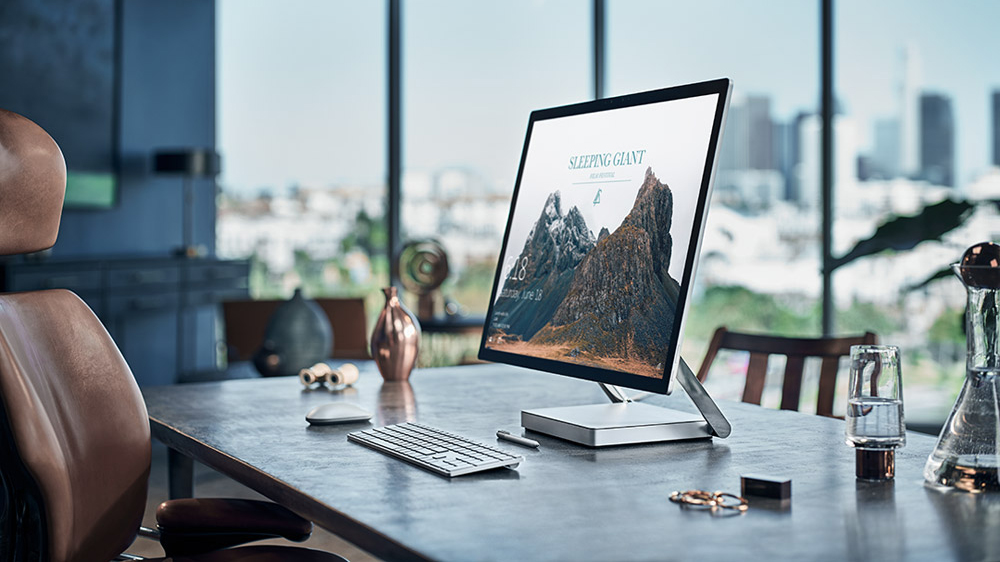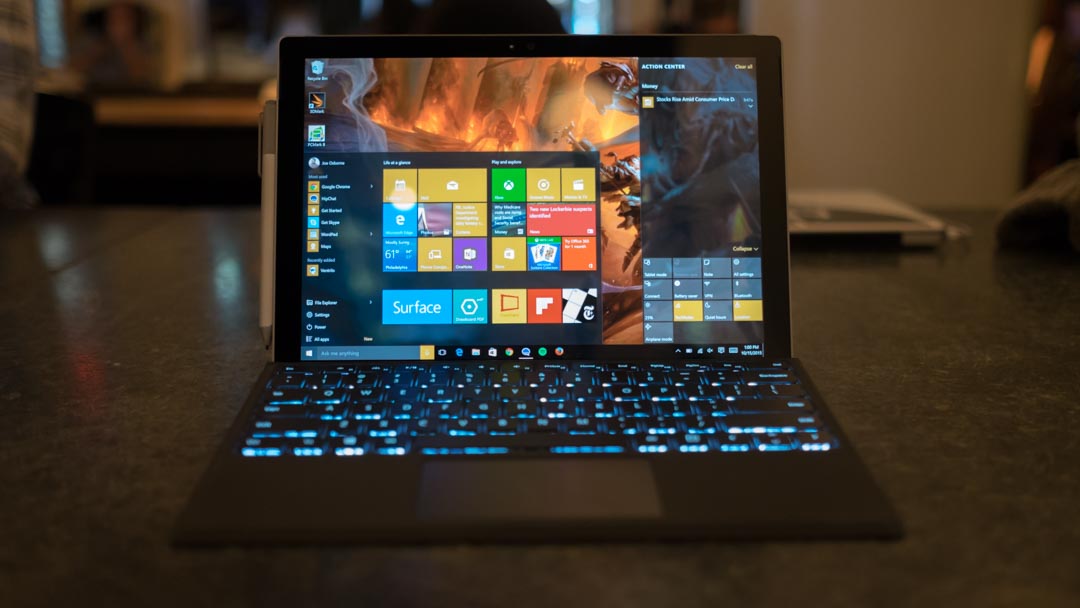Surface Studio’s first firmware update tweaks GPU and internet stability

Microsoft has pushed out the first ever firmware update for its Surface Studio all-in-one, along with a fresh update for the Surface Pro 4.
With this initial batch of tweaks, the Studio’s GPU is getting some attention, and whether you’re running the GTX 965M or the GTX 980M you’ll find that your machine now wakes quicker from sleep, and is also compatible with more of the latest games (should you use the PC for a bit of casual gaming on the side).
Then there’s a Surface UEFI firmware update targeted at making the machine more responsive to spring into life from sleep mode, and it also tunes up the accuracy of speech recognition.
The Ethernet drivers have been updated to achieve better connection stability, and finally Microsoft has introduced a pair of updates which apparently improve the reliability of Skype in terms of call audio and notification alerts. So if you’ve been having issues with flaky Skype calls, hopefully these will have been banished.
- Compare the Surface Studio to Apple's latest MacBook Pro

Beefing up the battery
The new firmware issued for the Surface Pro 4 also contains a number of reliability fixes, including one tweak that improves keyboard stability – although exactly what it does, Microsoft doesn’t say – and another that improves overall system stability (a few crash-causing bugbears have been squashed, in other words).
Perhaps the most interesting development is the attention given to the Surface Integration Service Device, with an update that improves battery longevity when the 2-in-1 is in sleep mode. More battery life is never to be sniffed at, of course.
A further adjustment improves storage performance in some measure, and an update for the Intel Precise Touch Device disables touch functionality whenever the cover is closed (as it should be).
Sign up for breaking news, reviews, opinion, top tech deals, and more.
Finally, Microsoft has a pair of updates which add support for some kind of upcoming product, although exactly what isn’t specified. Perhaps there’s some manner of new peripheral in the works, who knows.
As ever, you should see these updates come through on your device, but if you haven’t done so yet and wish to check manually for them, that’s easy enough. Go to Settings – in the Start menu – then click Update & Security, Windows Update, and then select Check for Updates.
Via: Windows Central
- This GPU recoup should make Surface Studio perfect for the best indie games
Darren is a freelancer writing news and features for TechRadar (and occasionally T3) across a broad range of computing topics including CPUs, GPUs, various other hardware, VPNs, antivirus and more. He has written about tech for the best part of three decades, and writes books in his spare time (his debut novel - 'I Know What You Did Last Supper' - was published by Hachette UK in 2013).